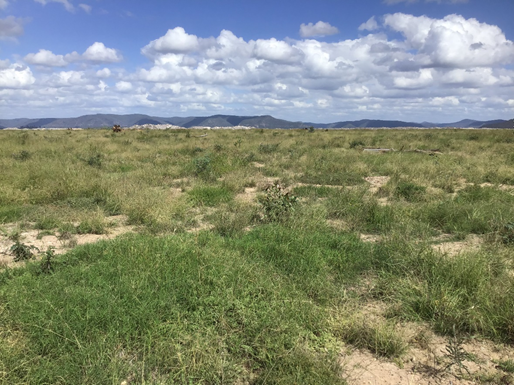Revegetating with native seed
Revegetating With Native Seed

Native pastures, forests and woodlands are an important part of the Hunter Valley landscape. Native vegetation provides many benefits such as:
- food and shelter for native species which can themselves benefit farming landscapes. E.g. birds eating pest insects.
- shelter for sheep and cattle
- low input grazing – lower productivity but fewer inputs
- preventing erosion
- stabilises hillsides and river banks
- contributes to soil formation and nutrient cycling
- provides a sink for atmospheric carbon dioxide through storage in plant material and soil organic matter
- improves water retention and water quality
- can provide emergency stock feed
- is well adapted to the Australian climate
Native plants are well adapted to the local soils and climate and although they can be slow to establish they are also good at competing with exotic species.
Direct seeding is a particularly useful method for establishing natives. The keys are: selecting the right species for each site; good pre-sowing weed management; proper seedbed preparation and careful post-sowing management.
Native seed can last a long time in the soil and wait for the right conditions to germinate. Wild harvested seed is also genetically diverse, increasing the chances that some plants will be able to establish, no matter what the prevailing temperature or rainfall.
Early stages of establishment:
Establishing native vegetation is not like growing a crop of a short lived annual such as wheat or lucerne. Often it appears that a revegetation site has been overrun by annual weeds. This is quite common and follows a natural process whereby bare ground is usually colonised first by fast-growing annuals, followed by slower-growing perennials. Annual plants can actually benefit future perennial establishment by providing shade and wind protection. Their roots can pierce compacted soil, creating channels within the soil profile and improving water infiltration. In the long run, however, perennial plants will tend to take the place of annuals, as long as there is no further soil disturbance. Native seedlings can be difficult to identify and often they remain small for extended periods, building root mass over time and riding out hot dry periods before taking advantage when conditions become favourable.
Some exotic species do threaten native vegetation but these tend to be themselves perennial species such as Rhodes grass, Green panic or Galenia. These must be controlled if native trees, shrubs and herbs are to survive. However, weed control must be extremely careful so as not to damage small native seedlings which may be hiding among the larger weeds.
Weeds can be controlled by a slashing or herbicide application, but competition from hardy natives is the most effective long term tool.
https://www.dpi.nsw.gov.au/agriculture/pastures-and-rangelands/native-pastures